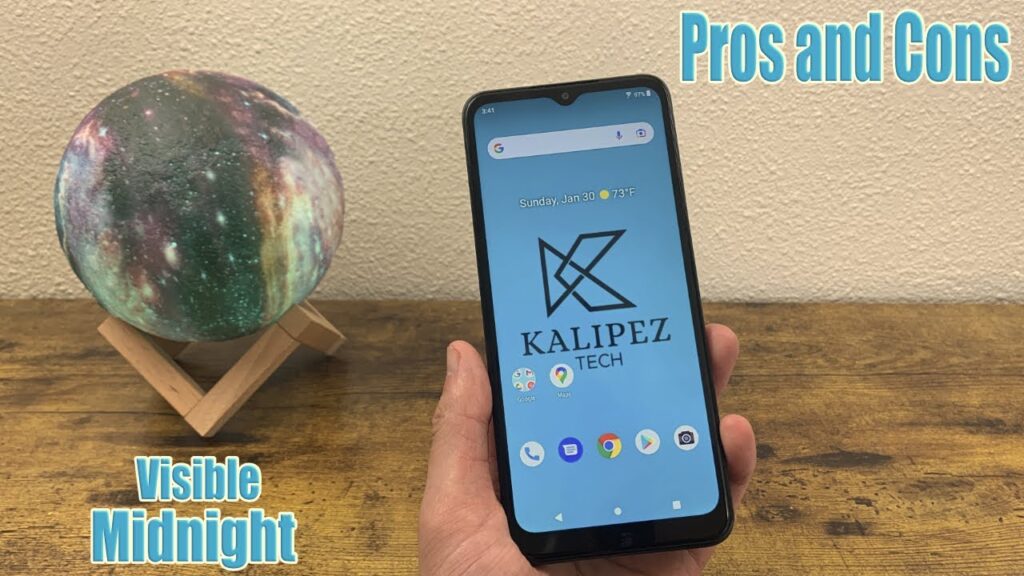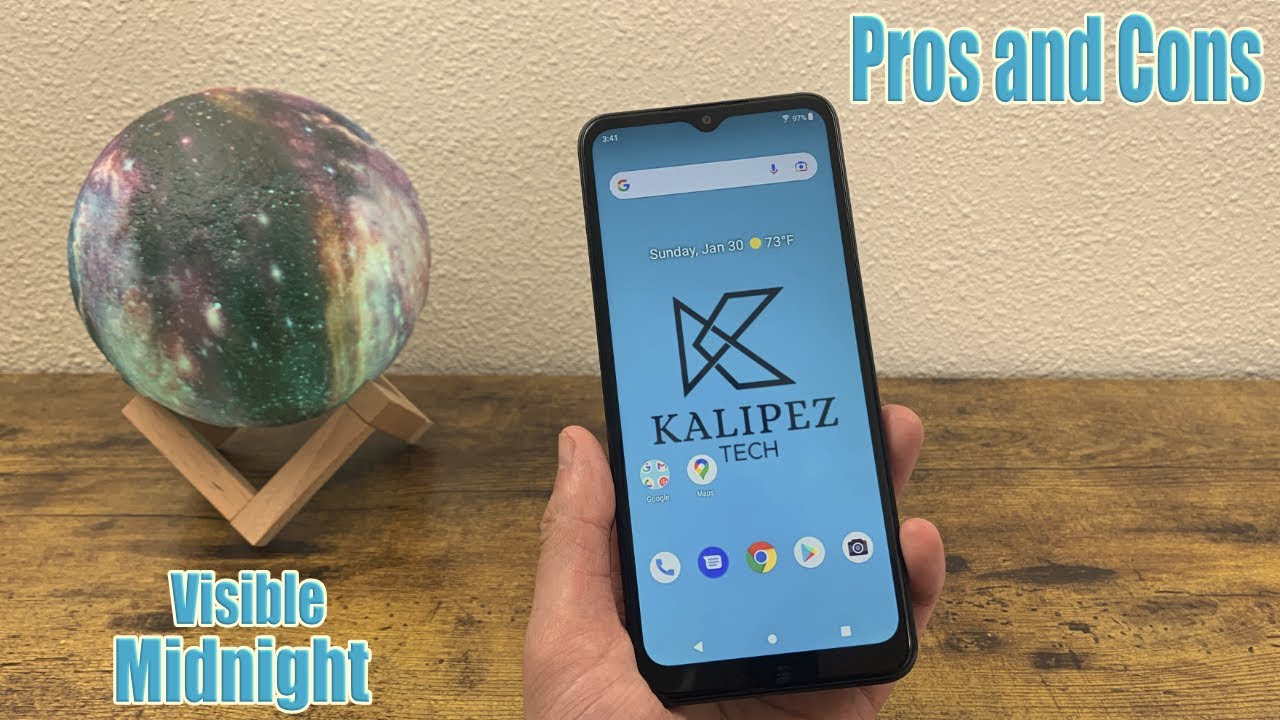
Unveiling the Visible Midnight: Exploring the Science and Beauty of Perpetual Twilight
The term “visible midnight” might sound like an oxymoron, a contradiction in terms. After all, midnight is typically associated with darkness, the deepest part of the night. However, in certain geographical locations and under specific atmospheric conditions, a phenomenon known as perpetual twilight or a “visible midnight” occurs. This article delves into the science behind this captivating phenomenon, exploring where it happens, why it happens, and the cultural significance it holds.
Understanding Perpetual Twilight
Perpetual twilight, also sometimes referred to as a “visible midnight”, is a condition where the sun remains below the horizon but not far enough to produce complete darkness. This results in a prolonged period of twilight, where the sky remains illuminated even at what would normally be considered midnight. The intensity of the twilight varies depending on the sun’s position relative to the horizon.
There are three main types of twilight: civil, nautical, and astronomical. Civil twilight occurs when the sun is up to 6 degrees below the horizon. During this time, most outdoor activities can still be conducted without artificial light. Nautical twilight happens when the sun is between 6 and 12 degrees below the horizon. The horizon is still discernible, and some stars are visible. Astronomical twilight occurs when the sun is between 12 and 18 degrees below the horizon, marking the limit at which faint astronomical objects can be observed. A “visible midnight” usually refers to a prolonged period of either civil or nautical twilight.
Where Does Visible Midnight Occur?
The phenomenon of “visible midnight” is most commonly observed in regions located at high latitudes, particularly during the summer months. This is due to the Earth’s axial tilt of approximately 23.5 degrees. During summer in the Northern Hemisphere, the North Pole is tilted towards the sun, causing the sun to remain above the horizon for 24 hours a day in areas within the Arctic Circle (north of 66.5 degrees latitude). Conversely, in the Southern Hemisphere, the same phenomenon occurs within the Antarctic Circle during their summer months.
Specific locations where “visible midnight” can be experienced include countries like Norway, Sweden, Finland, Iceland, Greenland, Russia (particularly Siberia), and parts of Alaska and Canada. In these regions, the sun may dip below the horizon for only a few hours, or not at all, resulting in a continuous period of twilight that blurs the lines between day and night. This prolonged twilight creates the effect of a “visible midnight”.
The Science Behind the Visible Midnight
The occurrence of “visible midnight” is primarily governed by the Earth’s axial tilt and its orbit around the sun. As the Earth orbits the sun, different parts of the planet are exposed to varying amounts of sunlight throughout the year. During summer in the Northern Hemisphere, the North Pole is tilted towards the sun, causing the sun to appear higher in the sky for those living at high northern latitudes. This means that even at midnight, the sun is not far below the horizon, resulting in a prolonged twilight period.
The scattering of sunlight by the Earth’s atmosphere also plays a crucial role in the “visible midnight” phenomenon. As sunlight enters the atmosphere, it collides with air molecules and other particles, causing it to scatter in different directions. This scattering effect is most pronounced for shorter wavelengths of light, such as blue and violet, which is why the sky appears blue during the day. At twilight, when the sun is low on the horizon, sunlight must travel through a greater distance of the atmosphere, resulting in even more scattering. This scattering effect illuminates the sky even when the sun is below the horizon, creating the “visible midnight” effect.
Cultural Significance and Impact
The phenomenon of “visible midnight” has profound cultural significance for the people who live in regions where it occurs. In many indigenous cultures of the Arctic, the summer months are a time of celebration and renewal. The extended daylight hours allow for increased hunting, fishing, and gathering activities, which are essential for survival in these harsh environments. The “visible midnight” also has a significant impact on the circadian rhythms of both humans and animals. The prolonged daylight hours can disrupt sleep patterns and affect hormone production. However, people who have lived in these regions for generations have adapted to these conditions and have developed strategies for coping with the extended daylight.
For example, many people in the Arctic use blackout curtains or other methods to block out the light and ensure they get enough sleep. They also tend to be more active during the day and take naps when needed. Animals in the Arctic have also adapted to the “visible midnight” by adjusting their activity patterns and breeding cycles. Some animals, such as reindeer, may graze throughout the day and night, while others, such as polar bears, may hunt at any time of day.
Experiencing the Visible Midnight: A Traveler’s Perspective
For travelers, experiencing the “visible midnight” can be a truly unforgettable experience. Imagine witnessing the sun dip below the horizon for only a brief period, painting the sky in vibrant hues of orange, pink, and purple. Then, as midnight approaches, the sky remains illuminated, casting an ethereal glow over the landscape. The experience offers unique opportunities for photography, hiking, and other outdoor activities. Many tour operators offer guided tours to regions where “visible midnight” occurs, allowing travelers to witness this remarkable phenomenon firsthand.
Planning a trip to experience the “visible midnight” requires careful consideration. The best time to visit is during the summer months, typically from June to August. It is also important to pack appropriate clothing, including layers to protect against the cool temperatures and waterproof gear in case of rain. Additionally, bringing a sleep mask can help ensure a good night’s sleep despite the prolonged daylight hours. Remember that the “visible midnight” is a natural phenomenon, and its intensity can vary depending on the weather conditions and the specific location. Be prepared for the possibility of cloudy skies or hazy conditions, which can diminish the effect.
The Visible Midnight and Astronomy
While the “visible midnight” is a beautiful phenomenon, it presents challenges for astronomers. The prolonged twilight makes it difficult to observe faint astronomical objects, such as distant galaxies and nebulae. The scattered sunlight in the atmosphere creates a background glow that washes out the light from these objects. As a result, astronomers often need to travel to remote locations with dark skies to conduct their observations. [See also: Dark Sky Tourism: Preserving the Night]
However, the “visible midnight” can also offer unique opportunities for astronomical research. For example, it can be used to study the upper atmosphere and the effects of solar radiation on the Earth’s ionosphere. The prolonged twilight allows scientists to make continuous measurements of these phenomena, providing valuable insights into the dynamics of the Earth’s atmosphere. The extended periods of twilight can also be useful for observing certain types of aurora, which are more easily visible against a bright twilight sky. [See also: Understanding Aurora Borealis]
Challenges and Considerations
Living with “visible midnight” presents unique challenges. The disruption of natural sleep patterns is a common concern. Many people experience difficulty falling asleep and staying asleep during the summer months. This can lead to fatigue, decreased productivity, and other health problems. As mentioned earlier, using blackout curtains and establishing a regular sleep schedule can help mitigate these effects. Another challenge is the potential for increased exposure to ultraviolet (UV) radiation. Even though the sun is not directly overhead, the prolonged daylight hours can still result in significant UV exposure. It is important to wear sunscreen, protective clothing, and sunglasses when spending time outdoors during the summer months. The “visible midnight” also affects agriculture and other industries. Farmers may need to adjust their planting and harvesting schedules to account for the extended daylight hours. Construction workers and other outdoor laborers may need to take extra precautions to avoid heatstroke and other heat-related illnesses.
The Future of Visible Midnight Research
As climate change continues to alter weather patterns and environmental conditions around the world, the phenomenon of “visible midnight” may also be affected. Changes in temperature, cloud cover, and atmospheric composition could all impact the intensity and duration of twilight. Scientists are currently studying these potential impacts to better understand how “visible midnight” may change in the future. Further research is also needed to understand the long-term effects of “visible midnight” on human health and well-being. Studies are being conducted to investigate the impact of prolonged daylight hours on sleep patterns, hormone production, and mental health. [See also: Climate Change Effects on Polar Regions]
The “visible midnight” remains a captivating and complex phenomenon that continues to fascinate scientists, travelers, and residents of high-latitude regions. Its unique blend of science, culture, and natural beauty makes it a truly remarkable experience. Understanding the science behind it, appreciating its cultural significance, and preparing for its challenges are essential for anyone who wishes to explore the wonders of the “visible midnight”.
Conclusion
The “visible midnight” is more than just a prolonged period of twilight; it is a testament to the Earth’s intricate dance around the sun, a celebration of light in the heart of night, and a reminder of the diverse and fascinating phenomena that our planet has to offer. Whether you are a scientist studying the atmospheric effects, a traveler seeking a unique adventure, or a resident adapting to the rhythms of the Arctic summer, the “visible midnight” is an experience that will undoubtedly leave a lasting impression.

